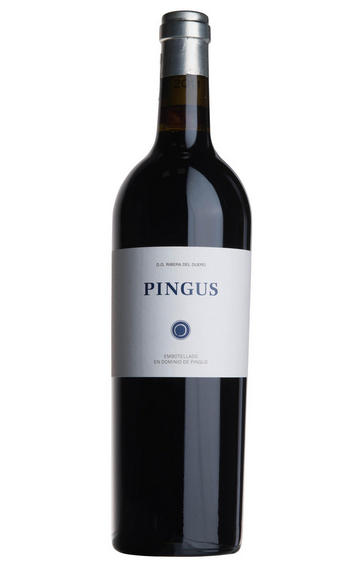
2018 Pingus, Ribera del Duero, Spain
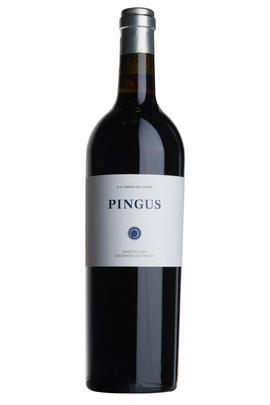
Critics reviews
I was really looking forward to the bottled version of the 2018 Pingus after a great showing of the cask sample last year. Part of the wine matured in 20,000-liter oak casks, so it's not all barrique. This is the first time they used the vats, and based on the results, Sisseck thinks in the future Pingus will be around 50% in oak vats. The Pingus vines were planted in 1929 in two different sectors of the village of La Horra, Barroso and San Cristobal and contain some 2% other varieties. The vineyards are certified organic and biodynamic and are manicured like few vineyards in Spain.
The wine is subtle and harmonious, elegant and insinuating, with all the components in very good balance. This is precise and pure; Sisseck is thorough and meticulous, and the wine shows that precision. This follows the line of the 2016, showing very well even if it was bottled only one month before I tasted it. 9,300 bottles were filled in August 2020.
Drink 2022 - 2035
Luis Gutiérrez, Wine Advocate (June 2021)
Very perfumed and aromatic with blackberry, cherry, blueberry and fresh flowers, such as violets. Full-bodied with a tight, clipped, fine-tannined structure and a long, focused finish. Refined and linear. Long.
Drink after 2023
James Suckling, JamesSuckling.com (January 2022)
Amid all the hype about its price and cult status, it’s easy to forget that Pingus is also a magnificent expression of both Ribera del Duero in general and the estate’s tiny vineyard in particular: a seamless, satiny texture, with not a hair out of place; superb depth of pure mulberry flavour with subtle shadings of spice, but no feeling of excess; contained power – beautifully balanced with a seam of high-plateau freshness; gorgeous young, but years ahead of it. Biodynamic.
Drink 2021 - 2050
David Williams, Decanter (January 2021)
About this WINE
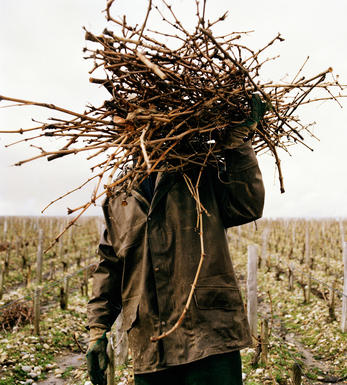
Dominio de Pingus
Pingus was established in 1995 by Peter Sisseck, who had already made a name for himself as winemaker at Hacienda Monasterio. He located three separate plots, each containing very old vines of Tinto Fino, and established the winery. His aim was to produce "an unmistakably Spanish, terroir-driven wine... a garage wine."
Peter's tiny production of fewer than 500 cases comes from three parcels of ancient, head-pruned Tempranillo vines. His true genius is demonstrated in the vineyard. The gnarled old vines have been carefully husbanded back to health - the trunks straightened, lowered, and pruned back to 1-2 buds per stump. Yields range from a high of 20 to an incredibly low 9 hl/ha.
"Tinto Fino is important," he explains. "A lot of cuttings of Tempranillo have come in from Rioja, so not all vineyards in Ribera del Duero are Tinto Fino. There is a difference. All the vines in my plots are very old. They have never been fertilised nor treated with pesticides and all grow following the traditional en vaso system. They are perfect." After fermentation in steel of large wooden vat, the wines are raised in 100% new French oak.
Dominio de Pingus has founded a joint project with local grape producers to make an old vine tempranillo called "PSI".
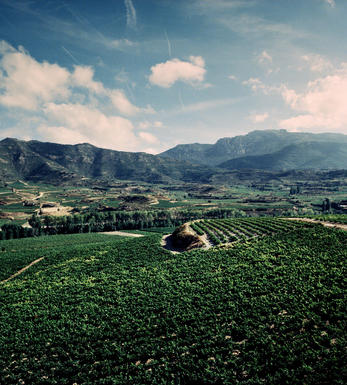
Ribera del Duero
In the last 30 years, Ribera del Duero has emerged from almost nowhere to challenge Rioja for the crown of Spain's greatest wine region. Once known only as the home of Vega Sicilia it now boasts numerous bodegas of outstanding quality like Cillar de Silos, Alión and Hacienda Monasterio. Ribera del Duero was granted its DO status in 1982, at a time when only nine bodegas were operating there, yet today it has over 200 wineries and more than 20,000 hectares of vines. Most of Ribera del Duero's production is red, with only a modest quantity of rosado produced. No white wines are allowed under the DO.
Ribera del Duero owes its success to a combination of factors: firstly, its terroir of schistous sub-soil bears remarkable similarity to other famous winemaking regions such as the Douro and Priorat. Secondly, its microclimate, with its high altitude, hot days and cool nights (a phenomenon known as “diurnal variation”), ensures ripeness while preserving the vivacity of the fruit, aromatic flavours and refreshing acidity.
Thirdly, it has been blessed with an exceptional native grape, Tempranillo (also known as Tinto del País or Tinto Fino). This yields superb, complex red wines that are delicious when young but which also have the capacity to age into magnificent Gran Reservas. Finally, the immense influence of its winemakers has been key – historically, of course, Vega Sicilia, but more recently Peter Sisseck (Hacienda Monasterio) and the indefatigable Aragón family of Cillar de Silos.
The same DO rules govern Ribera's barrel-aged styles as for Rioja: Crianzas are aged for two years before release with at least a year in oak barrels; Reservas must be three years old with at least a year spent in oak; and, finally, Gran Reservas must be five years old before going on sale, with two years spent in barrel. The young (joven) unoaked red wines, called Roble, tend to boast a moreish, vibrant, bramble fruit while the best oak-aged styles of Crianza, Reserva and Gran Reserva show intense, generous fruit, overlaid with notes of vanilla and sweet spice, and wrapped up in polished, elegant tannins.
Recommended producers: Vega Sicilia (including Alión), Cillar de Silos, Hacienda Monasterio
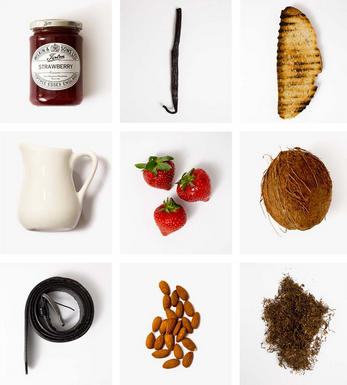
Tempranillo/Tinto Fino
A high quality red wine grape that is grown all over Spain except in the hot South - it is known as Tinto Fino in Ribera del Duero, Cencibel in La Mancha and Valdepenas and Ull de Llebre in Catalonia. Its spiritual home is in Rioja and Navarra where it constitutes around 70% of most red blends.
Tempranillo-based wines tend to have a spicy, herbal, tobacco-like character accompanied by ripe strawberry and red cherry fruits. It produces fresh, vibrantly fruit driven "jovenes" meant for drinking young. However Tempranillo really comes into its own when oak aged, as with the top Riojas where its flavours seem to harmonise perfectly with both French and American oak, producing rich, powerful and concentrated wines which can be extraordinarily long-lived.
In Ribera del Duero it generally sees less oak - the exception being Vega Sicilia where it is blended with Cabernet Sauvignon and Merlot and then aged for an astonishing 7 years in oak and is unquestionably one of the world`s greatest wines.


Buying options
Add to wishlist
Description
I was really looking forward to the bottled version of the 2018 Pingus after a great showing of the cask sample last year. Part of the wine matured in 20,000-liter oak casks, so it's not all barrique. This is the first time they used the vats, and based on the results, Sisseck thinks in the future Pingus will be around 50% in oak vats. The Pingus vines were planted in 1929 in two different sectors of the village of La Horra, Barroso and San Cristobal and contain some 2% other varieties. The vineyards are certified organic and biodynamic and are manicured like few vineyards in Spain.
The wine is subtle and harmonious, elegant and insinuating, with all the components in very good balance. This is precise and pure; Sisseck is thorough and meticulous, and the wine shows that precision. This follows the line of the 2016, showing very well even if it was bottled only one month before I tasted it. 9,300 bottles were filled in August 2020.
Drink 2022 - 2035
Luis Gutiérrez, Wine Advocate (June 2021)
wine at a glance
Delivery and quality guarantee